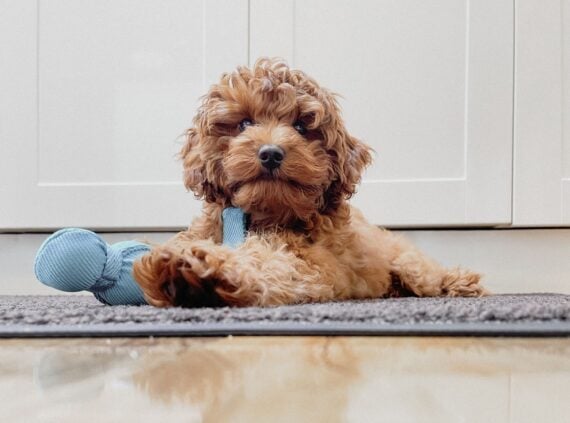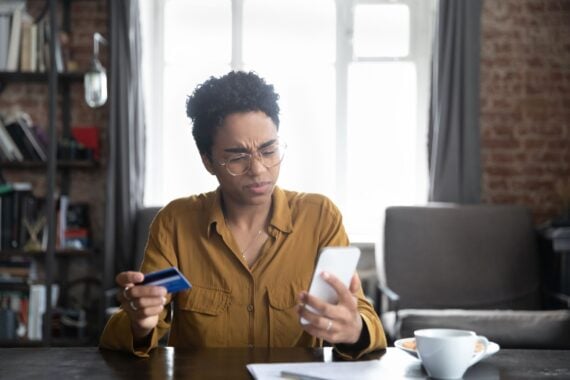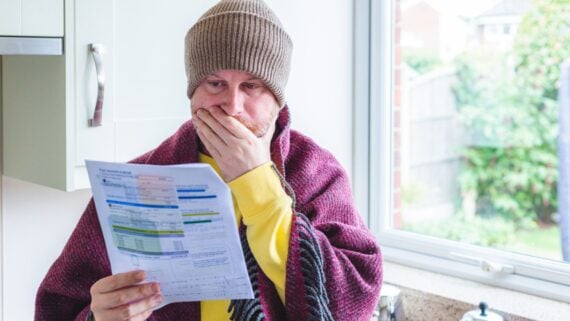One of the biggest challenges of bringing a puppy or rescue dog home is training them properly so they don’t ruin your furniture, rugs, and other belongings. Training a puppy or new dog can be frustrating, and hiring a trainer can cost anywhere from hundreds to thousands of dollars; follow these steps instead to save time and money and you’ll able to bond and get to know your new furry best friend in the process — how paw-sitively awesome!
Related: Plants That Are Toxic to Cats and Dogs
Start ‘Em Young
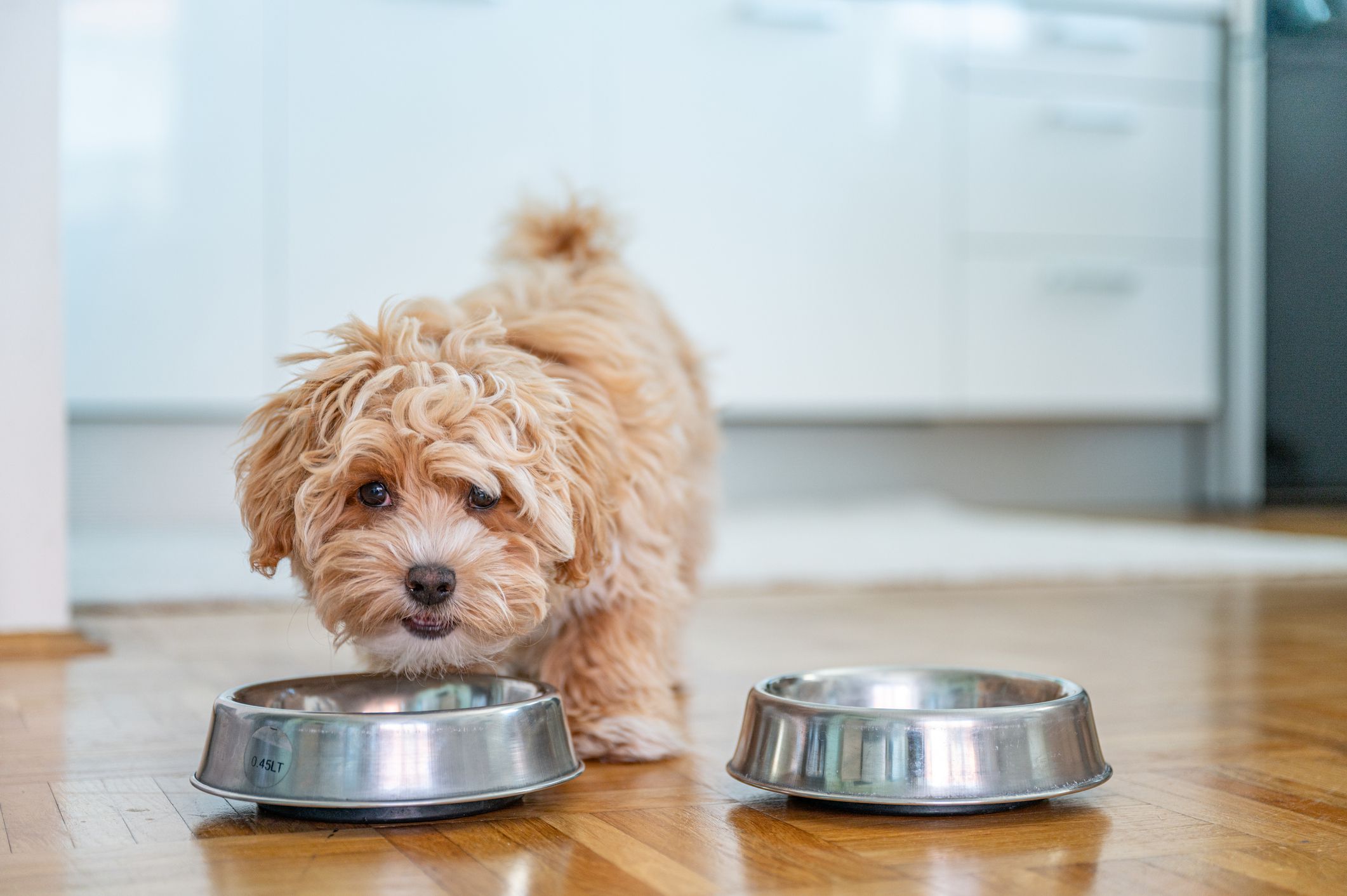
We’ve all heard the saying: “You can’t teach an old dog new tricks.” Indeed, puppies are most receptive to learning at a young age, so it’s important to begin training as soon as you bring them home. This will help them adapt to their environments and learn from the get-go where they are supposed to eat, go potty, and have playtime.
Related: The Most Family-Friendly Dogs to Bring Home to the Kids
Use Positive Reinforcement
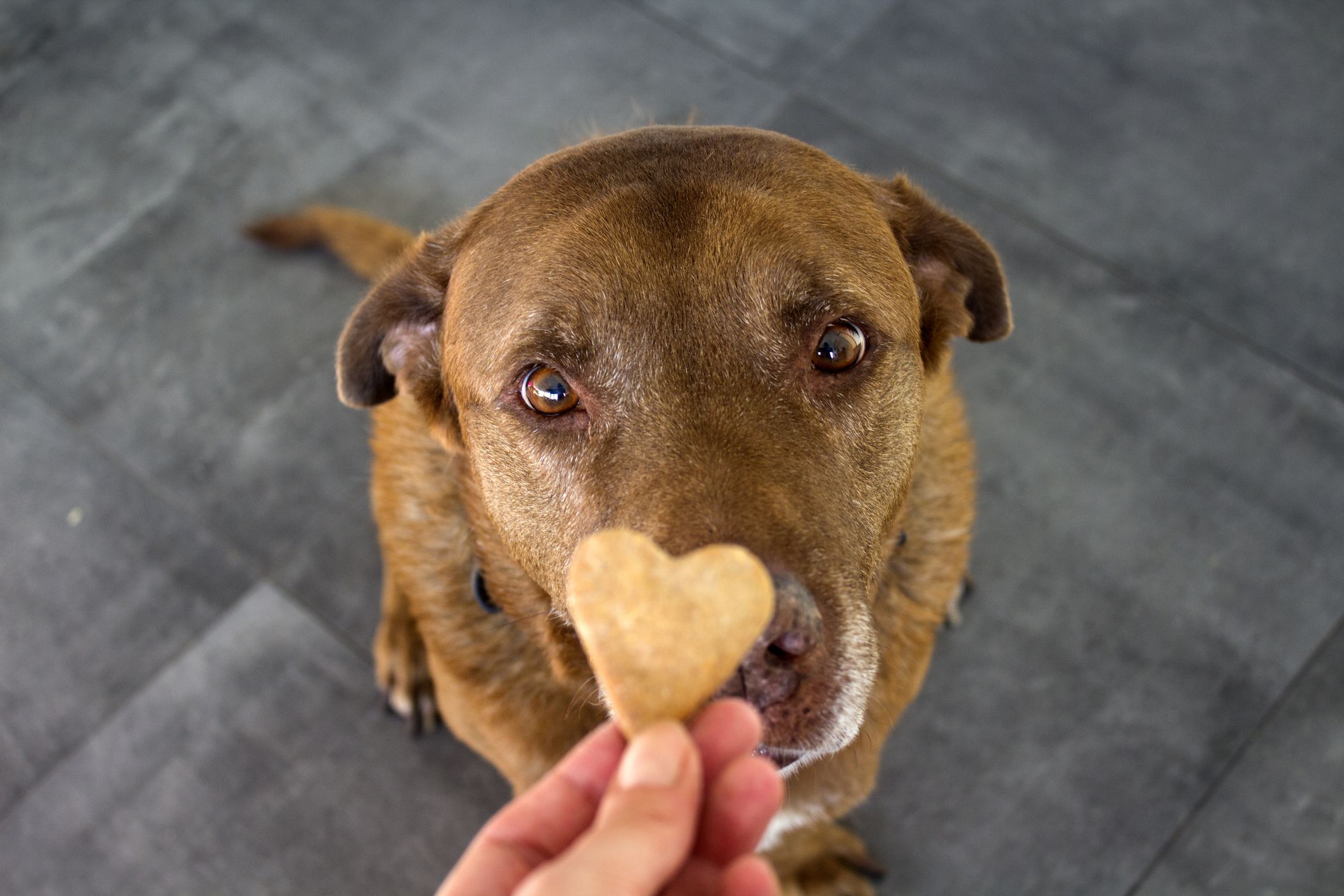
Reward your puppy or new dog with treats, praise, and affection when they exhibit good behavior such as using the bathroom in the correct place or sitting down when you tell them to. Avoid punishing your puppy, as this can cause fear and aggression — making it harder to train them in the long run.
For more helpful pet tips, please sign up for our free newsletters.
Use Basic Commands
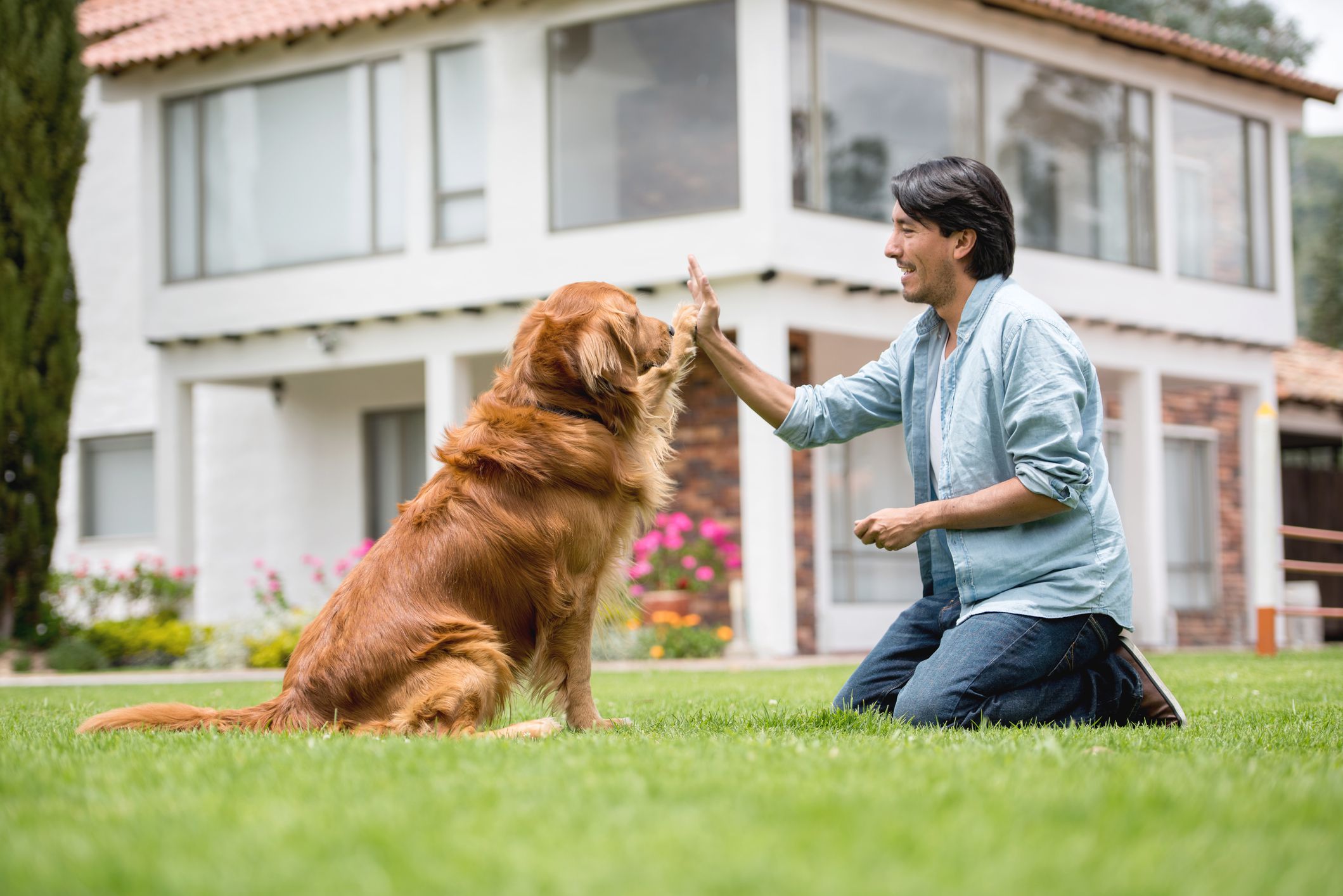
Teach your puppy basic commands such as “sit,” “stay,” and “come” to help them learn to follow directions and behave appropriately when guests are around. By keeping the commands short, your dog will learn to recognize the sound of certain words and what they mean.
Be Consistent

Use the same commands for specific behaviors — such as rolling your hand into a fist to signal “sit” or waving a hand to show them how to “roll over” — and be consistent with these every time to help a puppy understand what is expected.
Set Boundaries
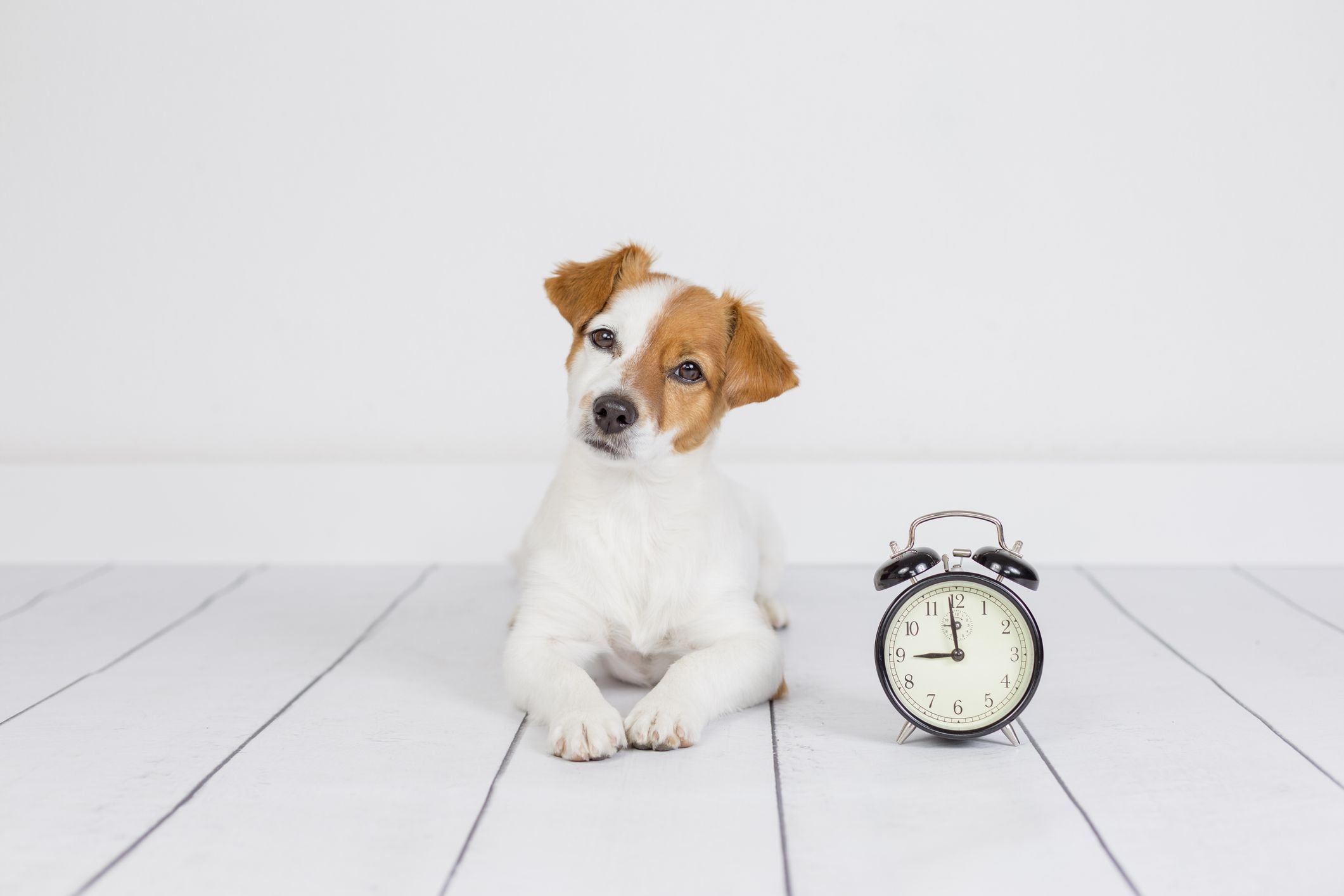
It’s important to establish rules and boundaries for your puppy or new dog from the start. This will help them understand what behavior is acceptable and what is not. Setting healthy boundaries can include putting them into a designated “time-out” spot such as a playpen or crate when they misbehave, or using a stern voice to help them discern when they did something wrong.
Trending on Cheapism
Consider Crate Training
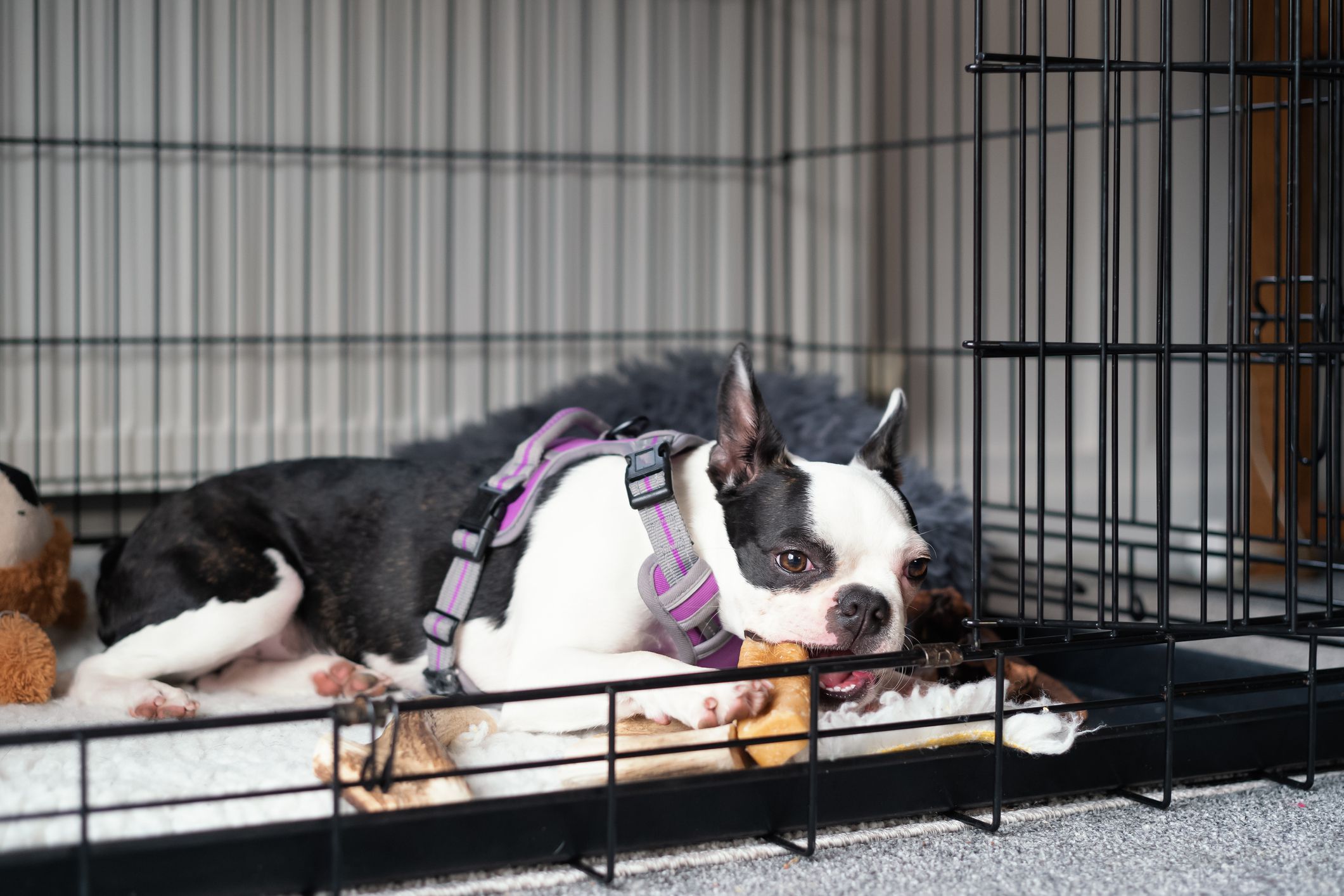
While a crate can be a useful tool for house-training and preventing accidents in the home, be sure to introduce the crate to a puppy properly and never leave them inside for long periods, as this can harm their mental or physical health. According to PetCube, adult dogs shouldn’t be crated for more than six to eight hours, and puppies 17 weeks and older should be left in a crate for a maximum of four to five hours at a time.
Socialization Is Key
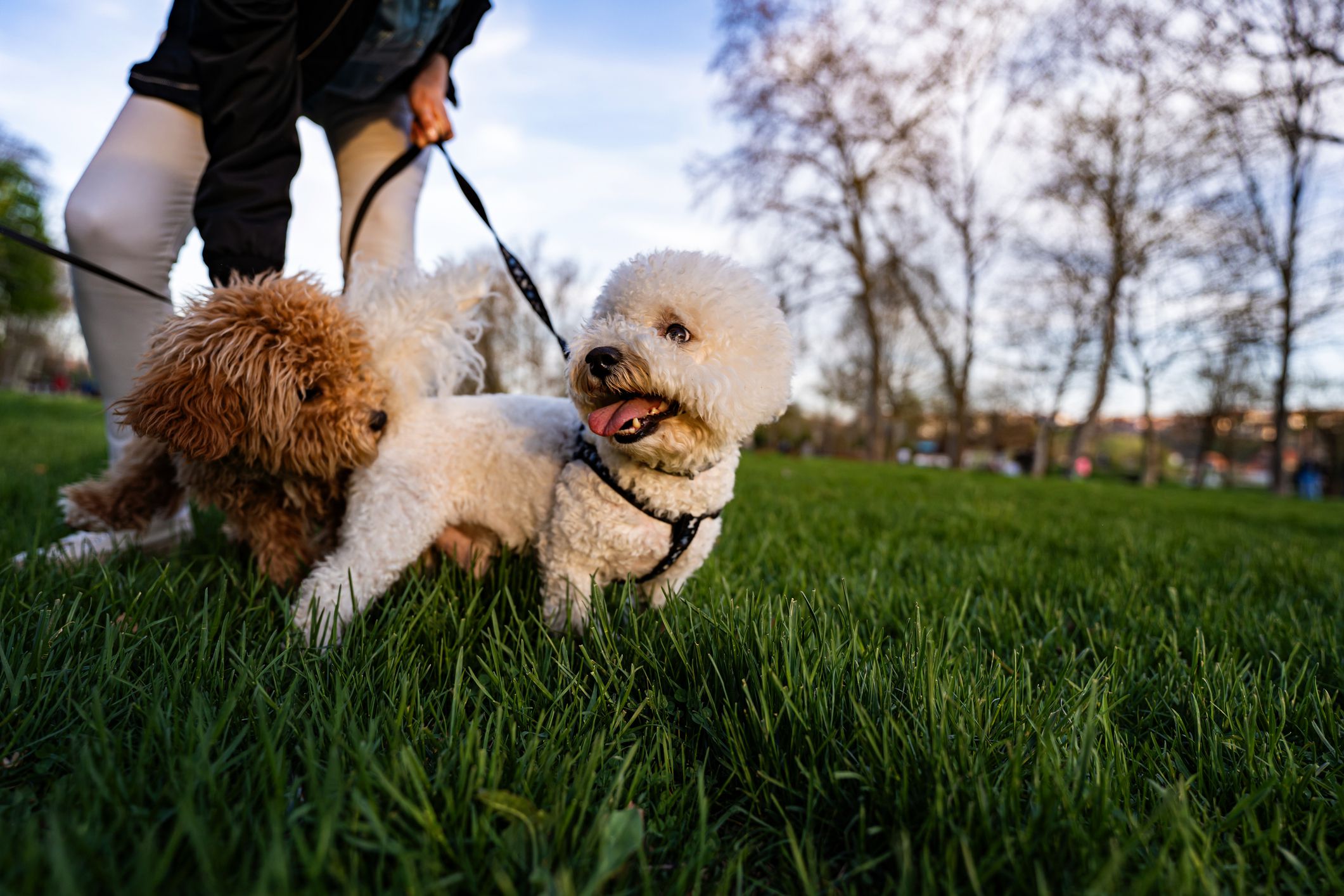
Expose your puppy to a variety of people, places, and experiences to help them become well-adjusted and confident. Studies show that socializing a dog at an early age — after they get all their vaccinations — result in less-anxious, healthier, and happier dogs. It’s also important to allow your dog to meet and socialize with other dogs so they don’t bark at every passing animal they see. (Take it from a barky dog owner.)
Go for Walks
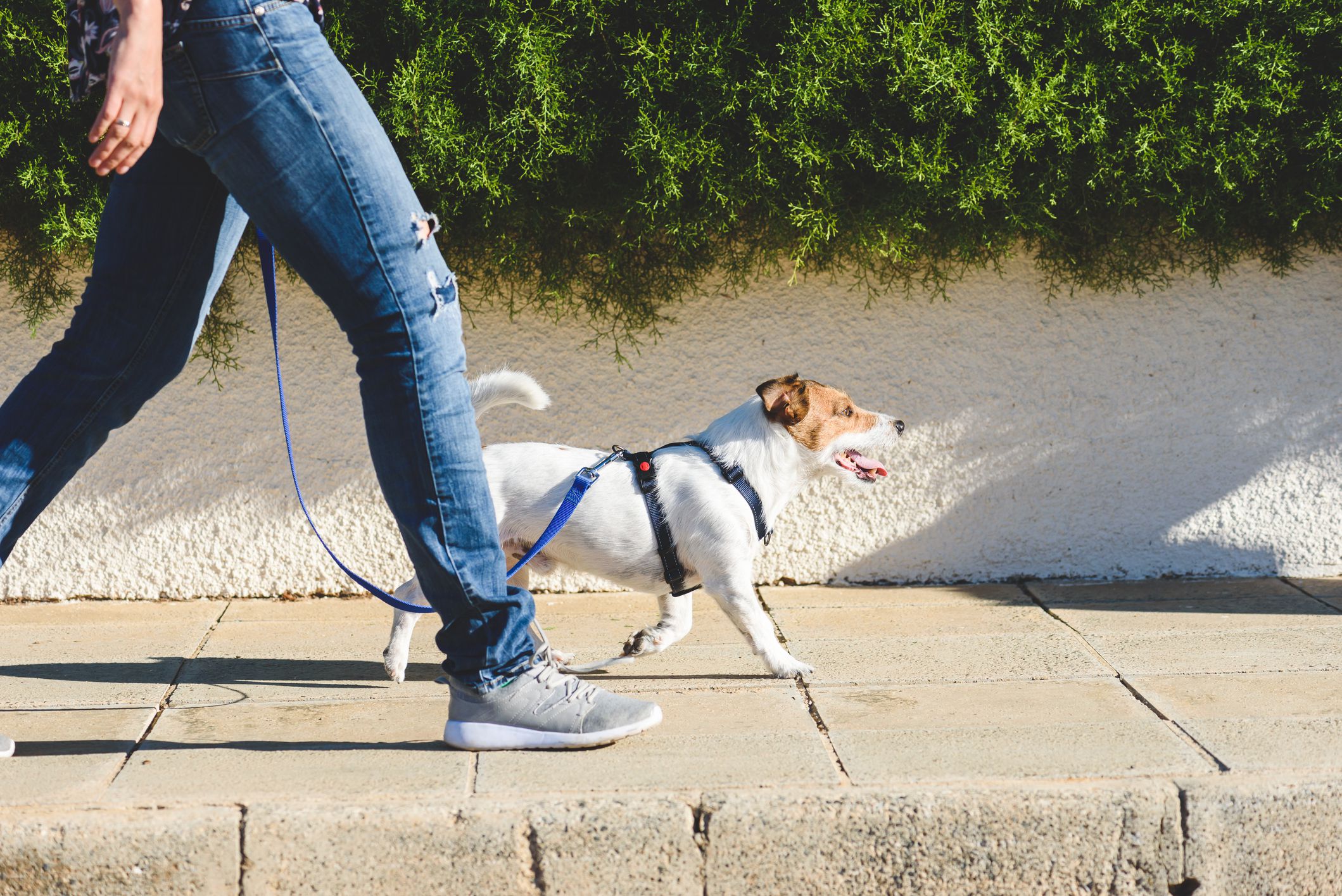
Regular exercise is important for physical and mental well-being. Take a puppy for walks, runs, and play sessions to help them burn off energy, get fresh air, and stimulate their minds. It’s important to take your dog on a walk at least once a day to help them learn how to potty outside; walks also help enrich dogs’ senses as they sniff around and see new sights.
Sign up for our newsletter
Train in Short Sessions
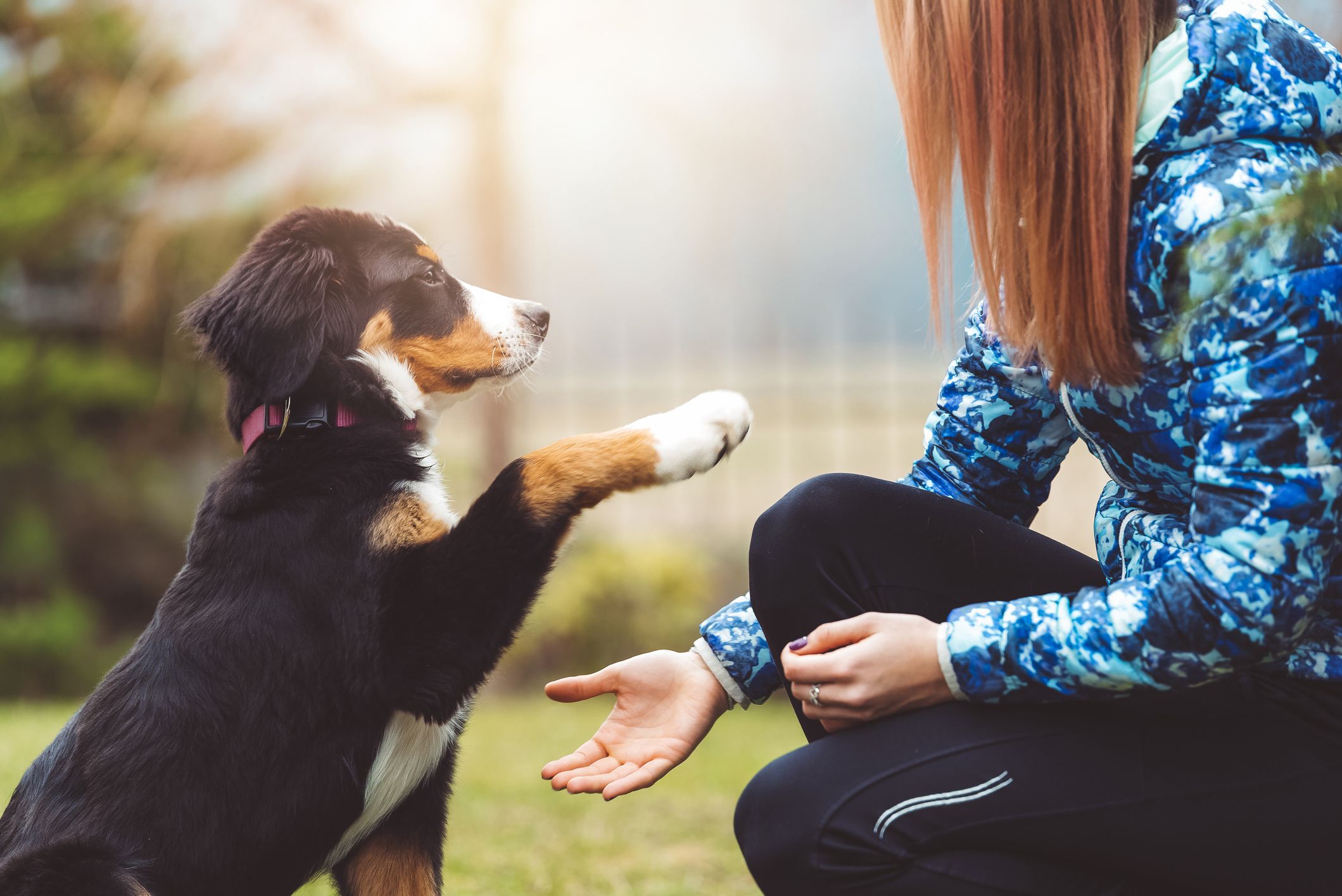
Puppies have short attention spans, and experts recommend keeping training sessions short and sweet. Aim for five- to 10-minute sessions several times a day to keep animals focused. Be sure to reward them with their favorite treats (and lots of pets) when they respond correctly to commands.
Seek Help If Needed
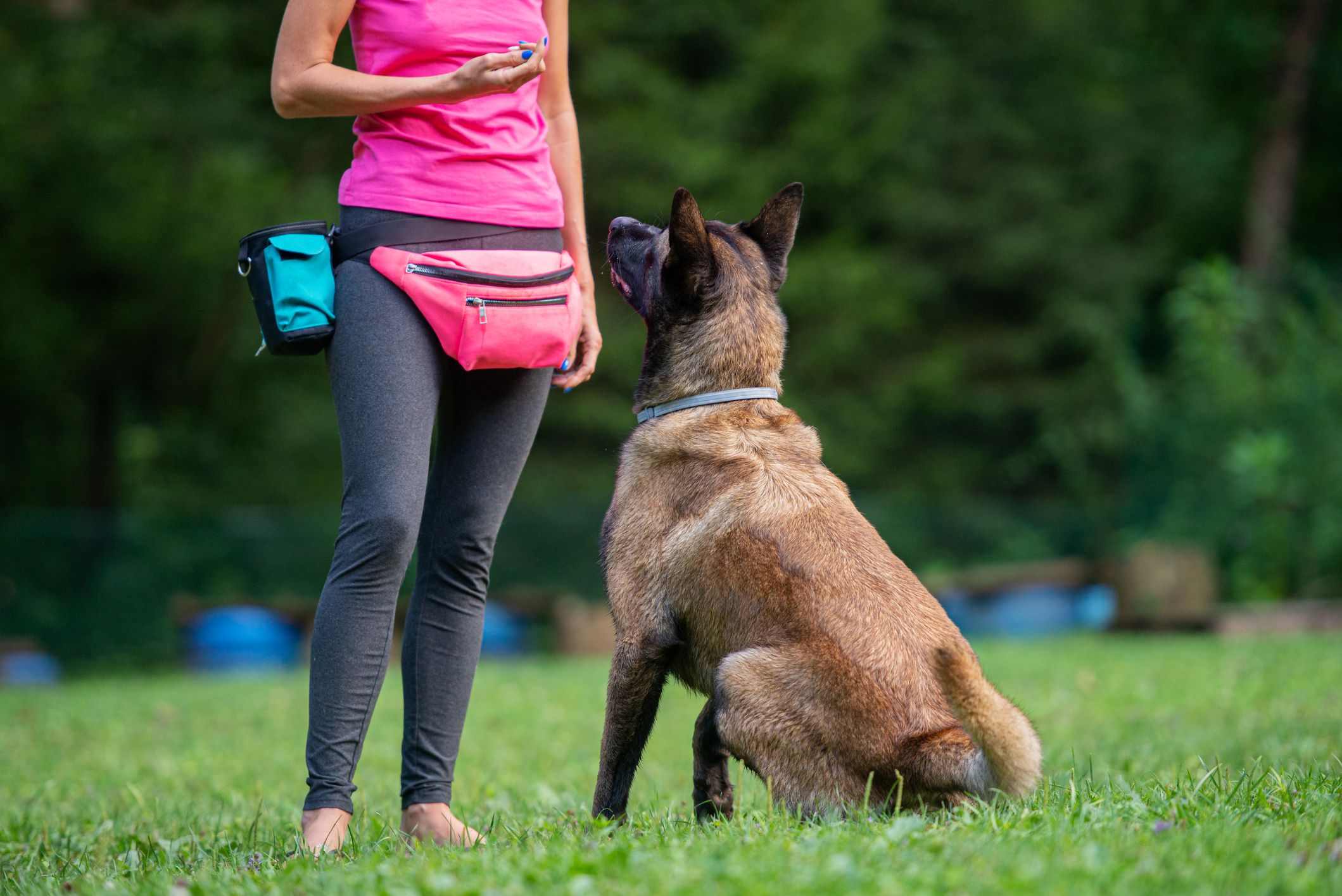
If you’re having trouble training a puppy or are unsure how to proceed, don’t hesitate to seek help from a professional dog trainer or behaviorist. Some dogs have behavioral issues that will make training more difficult. Watch especially if your dog is exhibiting signs such as aggression or excessive barking.
